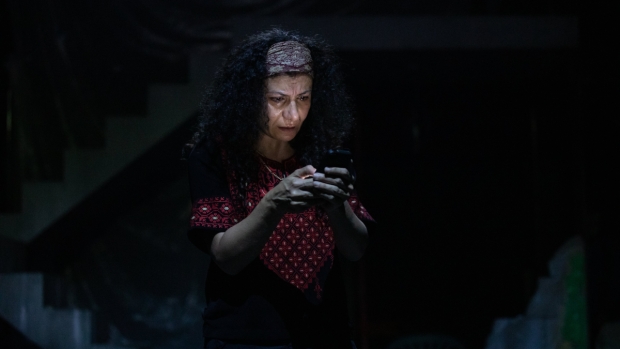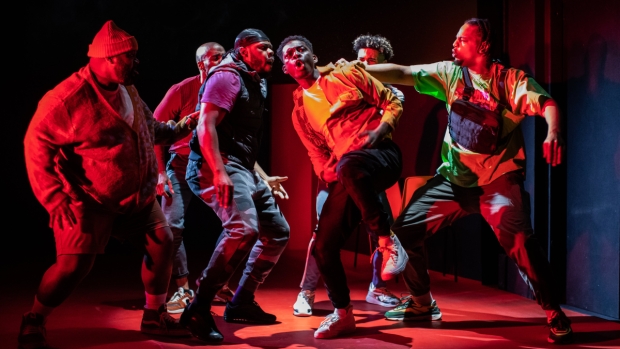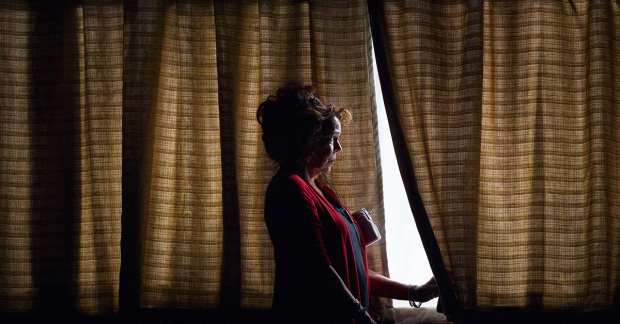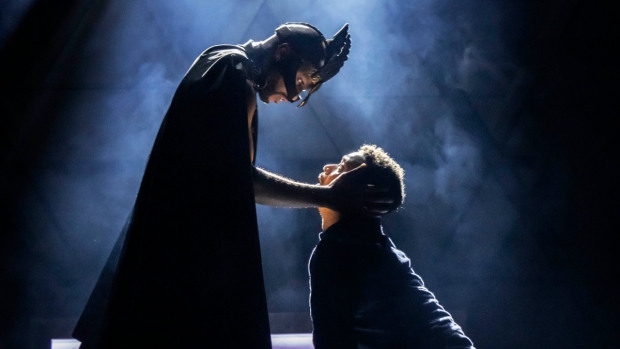”No I.D.” at the Royal Court Theatre – review

© Marc Brenner
Not that Tatenda Shamiso shies away from any issues. He is quite clear about the injustice of the bureaucratic and societal difficulties that are placed in the way of anyone who – like him – discovers they do not fit the gender assigned to them at birth. He says it simply: “I discovered I wasn’t a girl when I was 19.”
His achievement, however, as both a writer and performer, is to peer through the rage and the struggle, to create empathy and understanding. His aim is to describe what it feels like to transition from a girl named Thandiwe (which means ‘she who is loved’) to a man called Tatenda (‘thank you’). It’s no wonder the show has moved swiftly from its first outing at Theatre Peckham, through the VAULT Festival to the Royal Court Upstairs: it deserves to be seen by the widest possible audience.
Skilfully directed by Sean-Ting Hsuan Wang and designed by Claudia Casino, it’s set in a representation of Shamiso’s home, which, as the hour progresses, fills with sheaves of paper flung out of the filing boxes as he explains the difficulties of establishing a new identity when four countries and two passports are involved. Films and photographs projected on the back wall fill out the picture.

© Marc Brenner
His monologue has a twin frame; he is talking to us, the audience, but also to an imaginary No I.D. phone line, with a sympathetic operator. His directness to both is the key. Early on he strips and changes into a succession of women’s dresses, both to describe what Thandiwe had to wear, but also with the aim of showing what a trans body looks like “so you don’t have to be curious for the rest of this.” He explains, in forensic and sometimes furious detail, how he was questioned by doctors, and how his father views his transition. He also offers a brief history – which could have been longer – of the way in which “indigenous cultures all over the world have insanely diverse gender categories” and the way he started to think of his own gender expression as one of endless possibilities and presentations.
But above all he weaves a story of the person he was and the person he has become, singing along with Thandiwe’s voice, noting the differences between them, accepting the changes with gratitude but also with affection. The insight into the process of alteration – the way he has had to raise himself as a man – is riveting.
The writing and performance are beautifully poised, full of revealing complexity. “Trans people don’t often get a chance to talk about this bit,” he says. “Where you see your old self in the person you become. Or hear their voice. Or feel their touch against the nape of their neck.”
Shamiso’s point is that the trans person is so busy proving their right to a different identity that such nuance gets squeezed out. In raising it, with such grace and honesty, he makes an important contribution to the conversation.














